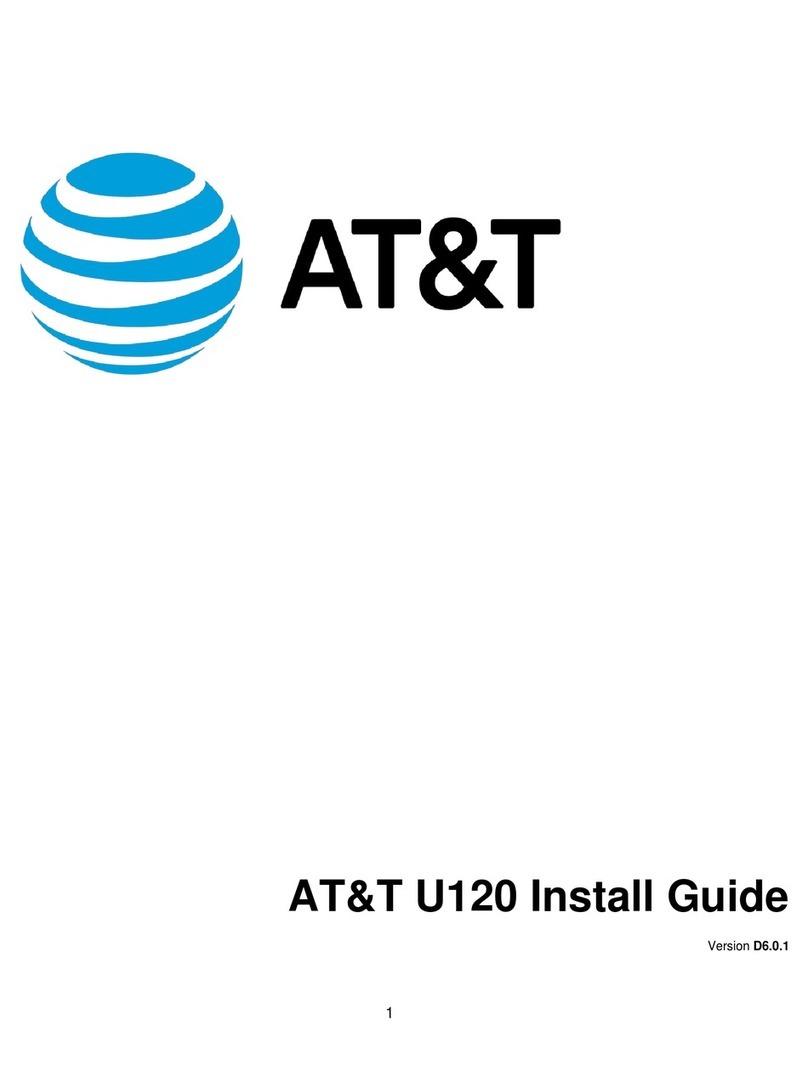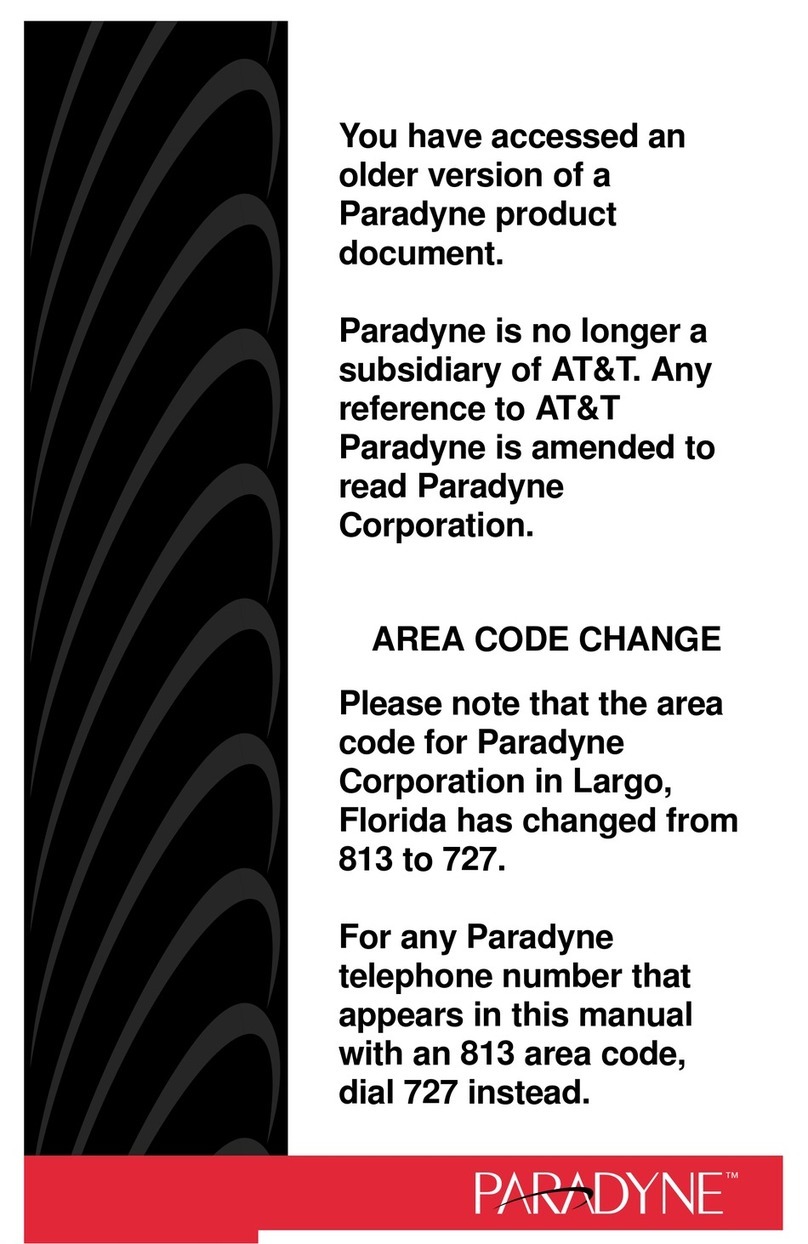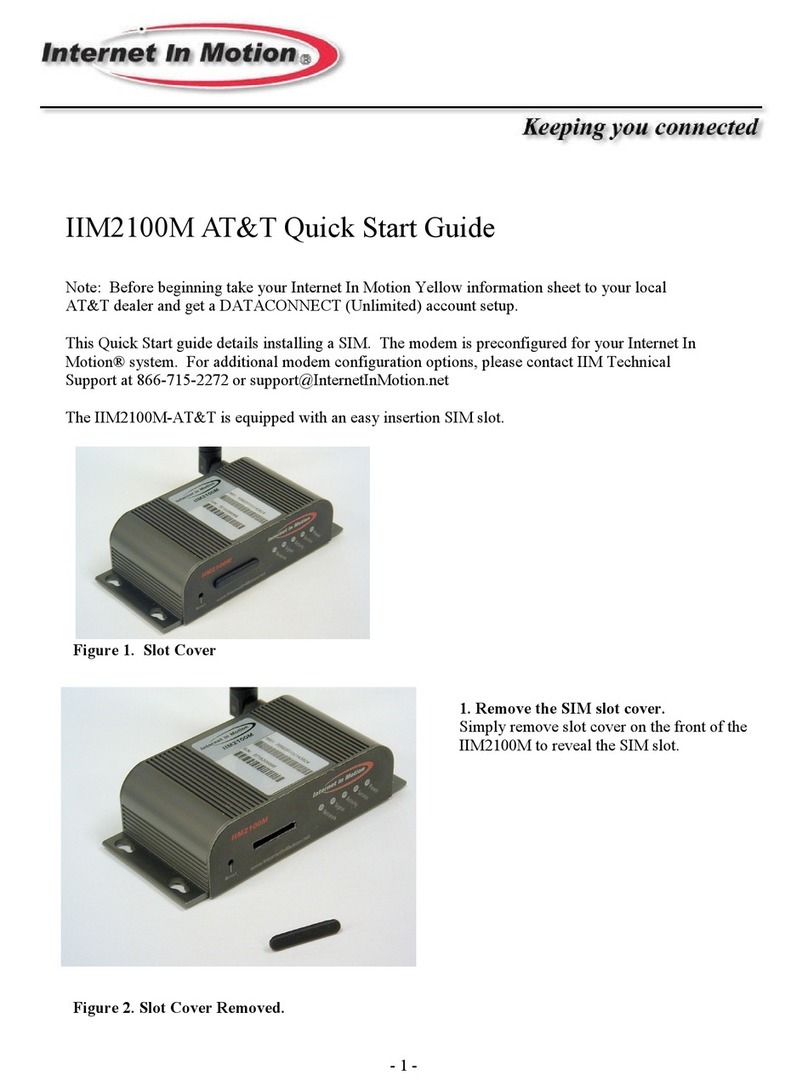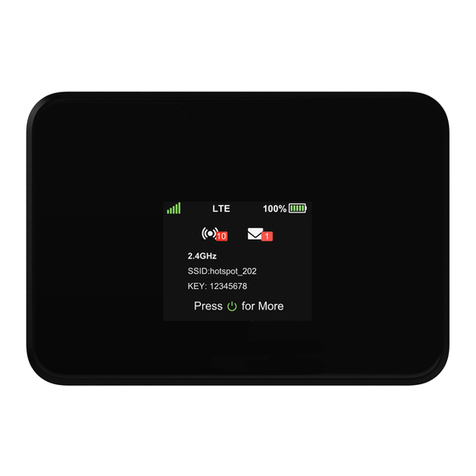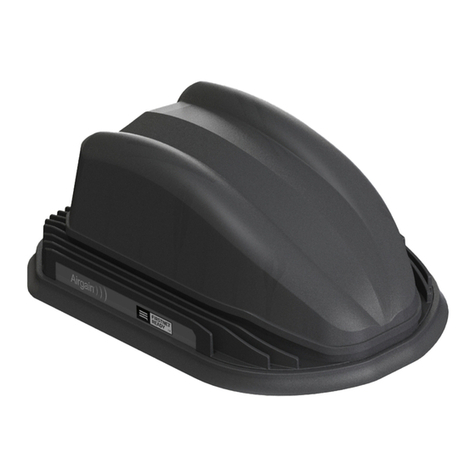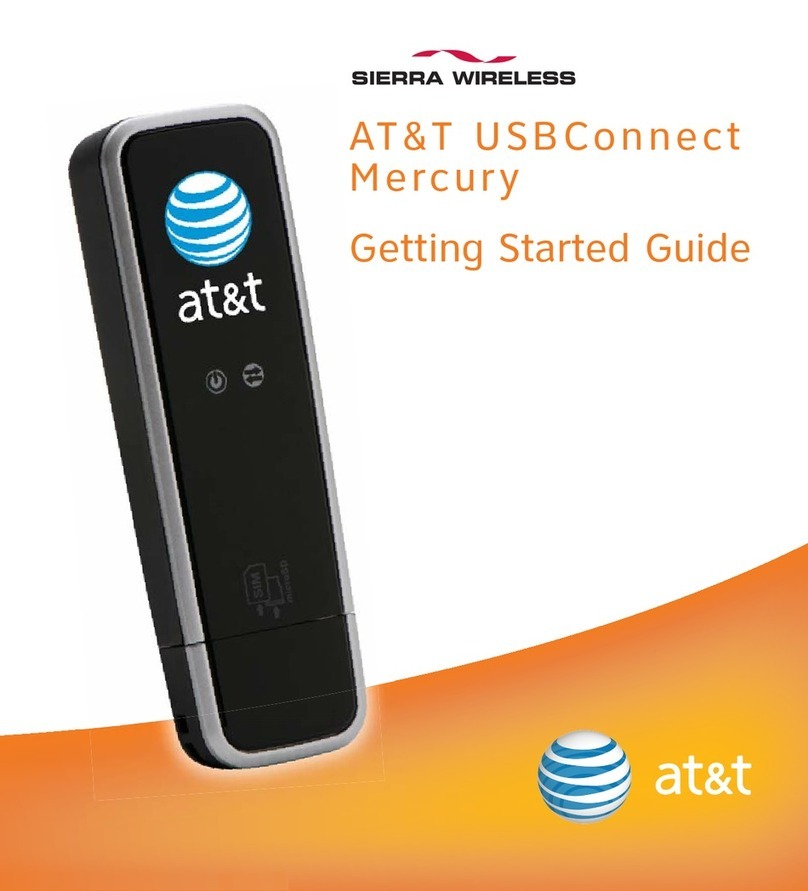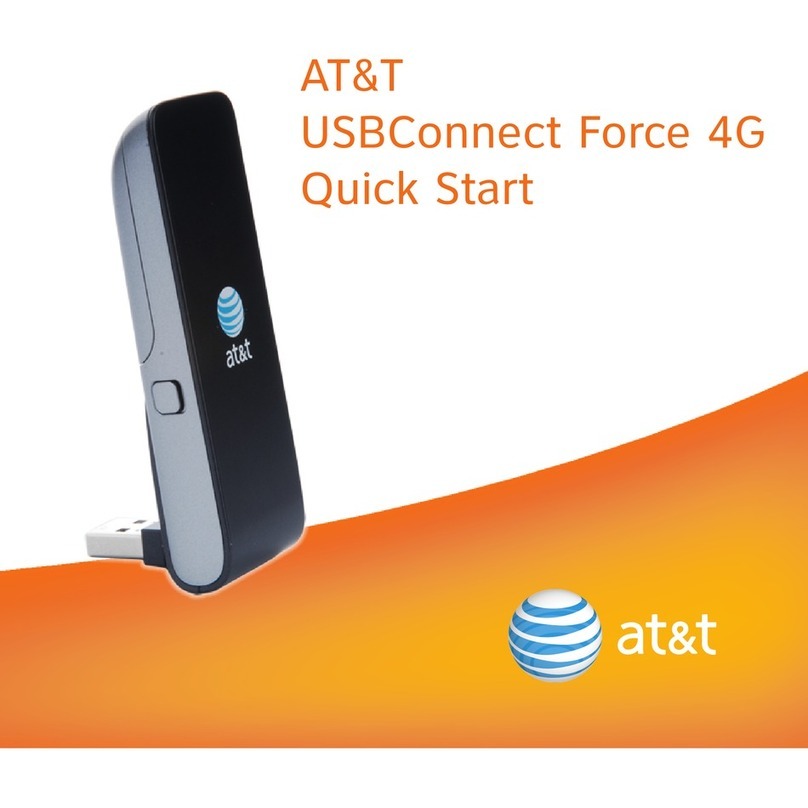
I'
DESCRIPTION
This sectio.n provides a
brief
functional and physical description of
the
202T modem. The
functional description also provides
the
features.
available to
the
user. The physical
description will enable
the
user
to locate
the
various lights, switches, and options.
Functional Description
The 202T modem is a
data
communications device;
permitting
your
data
terminal
to send
and
receive
data
up to 1400 bits
per
second (bps)
without
reverse channel
and
up to 1200 bps
with
reverse channel over your basic
3002
private lines. The modem sending
data
at
speeds
between 1400 and 1800 bps, require C2-conditioned
3002
private
lines with
or
without
reverse
channel.
In
2-wire service,
the
modem can be equipped with a reverse channel circuit pack
for signaling speeds up to 5 bps in
the
opposite direction to
the
primary
channel. In 2-wire
service,
the
modem operates in
the
half-duplex mode (2-way nonsimultaneous).
In
4-wire
service,
the
modem operates in
the
full-dupl~x mode (2-way simultaneous). This operation is
achieved by frequency
shift
keying (FSK) modulation techniques.
Features of the
202T
Modem
The modem features include
the
following:
• Half-duplex (2-wire)
or
full-duplex (4-wire) operation
•
Data
rates
from 0 to 1800 bps.
1.
With
reverse channel, 0 to 1200 bps.
2.
Without
reverse channel, 0 to 1400 bps.
3.
With
or
without
reverse channel over C2-conditionea
3002
private lines, 0 to
1800 bps.
• Asynchronous, binary, and serial
data
operation.
•
FSK
modulation.
• Designed to be
terminated
with
the
829
Network Interface in
a:
single
or
multiple
arrangement,
549A Jack,
or
42A Connecting Block.
• Electronic
Industries
Association (EIA)
standard
RS-232-C Interface.
•
Test
switches
and
lights for performing self-tests and monitoring
the
status
of
the
modem.
• Reverse channel (optional)
that
can be ordered separately.
Physical Description
The 202T modem is contained on a
printed
circuit wiring board
and
can be installed in a
variety
of configurations. The modem
may
be mounted in
an
aluminum 47Bl (stand-alone)
data
mounting
with
removable plastic
front
and
rear
covers,
or
in a 40Bl (multiple)
data
mounting housed in a
data
cabinet.
Page 2
()
0
0 j
I
l)
0
